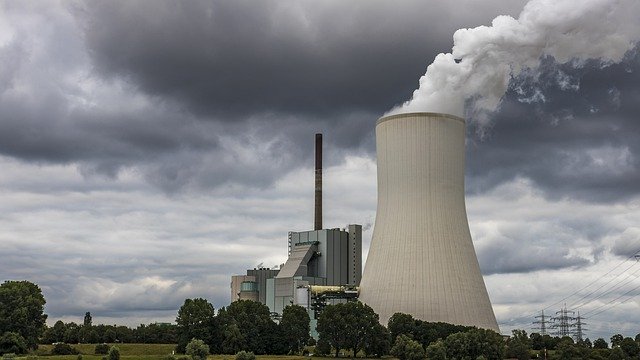Harvard Prof.: EPA Off-Base with New Mercury Rule Analysis

Laura Rosbrow-Telem -Commonwealth News Service
CAMBRIDGE, Mass. — The Environmental Protection Agency says air-pollution controls placed in 2016 on mercury emitted from coal-fired power plants are “neither appropriate or necessary,” citing the cost of compliance. For now, the regulations will remain in place, but critics say the agency is ignoring the science.
Health experts have described mercury as a potent neurotoxin with a host of negative effects on human health, and Joe Aldy, a professor of public policy at , said there are deep flaws in the EPA’s analysis of the Mercury and Air Toxics Standards or “MATS.” He claimed the agency isn’t acknowledging reductions in fine particulate matter that come with decreases in mercury pollution.
“When EPA first issued the rule, it explained in a 2011 analysis that the benefits of reducing particulate matter pollution — and thus causing fewer premature mortalities, cases of severe asthma and other respiratory conditions — would be valued in the tens of billions of dollars per year,” he said. “This EPA zeroed these out.”
A study published in 2017 found that between 2006 and 2016, mercury emissions from U.S. coal plants shrank by 85%. The current EPA has contended that the original cost-and-benefit analysis was flawed and that recalculating it doesn’t mean mercury emissions will go up.
Dominique Browning, director of the group Moms Clean Air Force, said that if MATS regulations weren’t in place, the health burden would fall disproportionately on pregnant women, low-income neighborhoods and communities of color — all more likely to live near industrial power plants.
“Nearly two in five Latinx live within 30 miles of a power plant,” she said, “and 68% of African-Americans live within 30 miles of a coal-fired power plant.”
Several studies — at sciencedaily.com and ncbi.nlm.nih.gov — also have linked pregnant women’s exposure to air pollution — including mercury, vehicle exhaust, lead and other outdoor sources — to an increased risk of babies born with autism.
The EPA’s MATS finding is online at epa.gov and the 2017 study is at ncbi.nlm.nih.gov.
